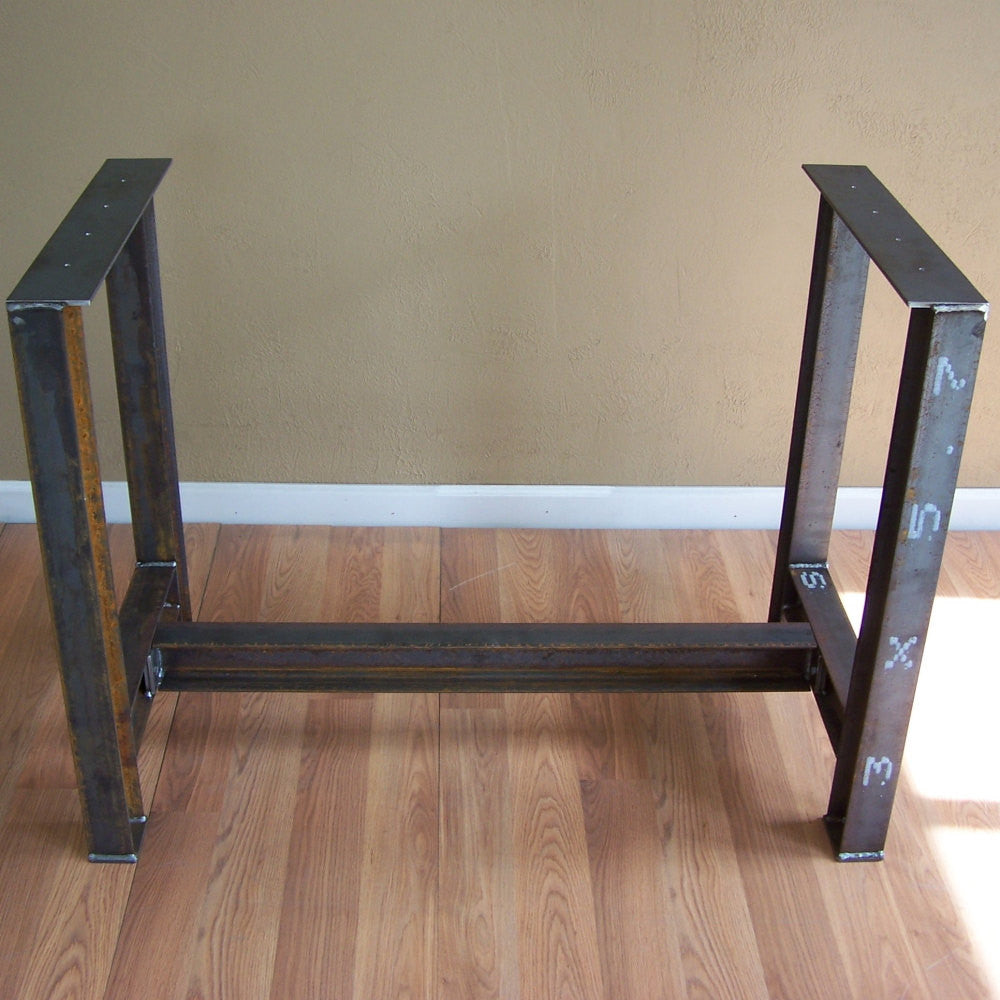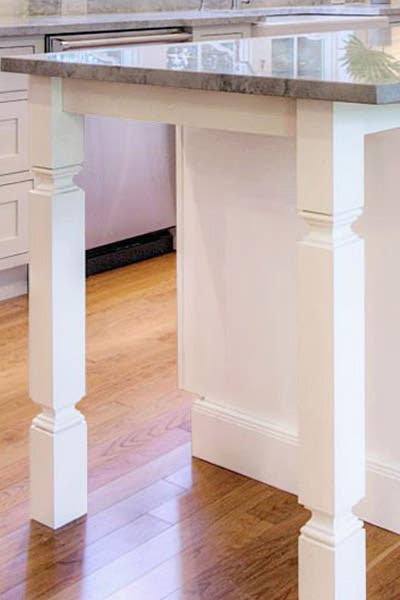Develop a Sensational Prime Focus with Stylish Legs For Kitchen Island
Develop a Sensational Prime Focus with Stylish Legs For Kitchen Island
Blog Article
Vital Elements to Consider When Selecting Legs For Cooking Area Island
Choosing the appropriate legs for a kitchen area island entails a cautious analysis of multiple aspects that can significantly affect both capability and aesthetic charm. As we discover these aspects, it comes to be clear that each decision can have significant effects for the overall kitchen area experience.
Product Options
When picking legs for a kitchen area island, comprehending the numerous material choices is necessary for achieving both aesthetic charm and architectural honesty (Legs For Kitchen Island). The choice of material substantially affects not just the resilience of the island however additionally its total design and functionality
Metal legs, frequently made from stainless steel or wrought iron, contribute a modern and commercial feeling while making sure toughness and security. These materials are resistant to wear and can sustain significant weight, making them suitable for bigger islands.
One more option is engineered materials, like MDF or plywood, which can be more cost-effective while still supplying a variety of surfaces. They might not supply the exact same level of security as strong wood or steel. Legs For Kitchen Island. Finally, materials such as acrylic or glass can develop a modern look, though they might need additional assistance to make sure stability.
Inevitably, the selection of product for kitchen island legs must straighten with the wanted functionality and the total style of the kitchen.
Design and Design

When thinking about style, the shape and finish of the legs are vital. Tapered legs can offer a sense of lightness and beauty, while thicker, much more robust legs can convey strength and stability. Additionally, the coating-- be it repainted, tarnished, or all-natural-- must match the cabinets and countertop materials to develop a unified appearance.
Additionally, the style of the legs can likewise reflect personal preference. Custom-made or ornamental legs, such as those featuring intricate makings or one-of-a-kind geometric forms, can work as centerpieces, including character and personality to the kitchen. Inevitably, the ideal option will not just improve functionality yet likewise elevate the visual charm, making the kitchen island a standout attribute of the home.
Elevation Considerations
Picking the proper height for cooking area island legs is vital, as it directly influences both performance and comfort. The typical height for a cooking area island normally ranges from 36 to 42 inches, straightening with typical countertop heights. A 36-inch elevation is suitable for cooking and food preparation, permitting comfy use cooking area appliances and devices. On the other hand, a height of 42 inches is commonly chosen for islands planned for bar seating, fitting taller feceses and providing an informal dining experience.

It is likewise necessary to account for customers' elevations and preferences. Tailoring the height can ensure a comfy experience for all member of the family, making the kitchen area island a more useful and satisfying space.
Weight Assistance
Guaranteeing ample weight support for cooking area island legs is crucial for both safety and performance. The kitchen island commonly serves several purposes, including food prep work, dining, and added storage, demanding a robust assistance structure. When picking legs, it is essential to take into consideration the overall weight capability called for based on the island's meant usage and the materials that will be positioned on it.
The choice of material for the legs plays a substantial role in their weight-bearing abilities. Strong wood, metal, and durable compounds generally offer premium strength compared to lighter materials. In addition, the layout of the legs-- whether they are straight, tapered, or have a pedestal type-- can affect their capacity to disperse weight effectively across the framework.
Constantly get in touch with the supplier's requirements pertaining to lots restrictions to make sure that the legs can maintain the designated weight without compromising safety. In recap, picking cooking area island go to these guys legs with appropriate weight support is important for creating a safe and useful culinary room.
Installment and Maintenance
Correct setup and upkeep of kitchen island legs are critical for making sure longevity and security. This often includes securing the legs to the island base utilizing appropriate fasteners, making certain that the legs are level and straightened.
Once set up, regular maintenance is essential to preserve the stability and look of the legs - Legs For Kitchen Island. For wooden legs, regular cleansing with a moist towel and application of suitable timber polish can prevent wetness damages and maintain their surface. Steel legs might require a gentle cleansing solution to eliminate oil and crud, followed by a dry fabric to avoid rust formation
Additionally, inspect the legs frequently for indicators of wear or damages, such as splits or loosened joints. Tightening up screws or screws as required can additionally lengthen the life-span of the legs. By sticking to these installment and upkeep techniques, homeowners can ensure that their kitchen island remains sturdy and aesthetically appealing for several years ahead.
Verdict

Visual comprehensibility is extremely important in selecting the style and style of legs for a kitchen area island, as these components substantially influence the overall ambiance of the space. Tapered legs can offer a sense of lightness and beauty, useful site while thicker, a lot more durable legs can share toughness and security.Picking the ideal elevation for cooking area island legs is crucial, as it directly impacts both functionality and comfort. In recap, picking cooking area island legs with ample weight assistance is essential for developing a useful and secure cooking area.
In final thought, selecting legs for a kitchen island necessitates mindful factor to consider of numerous aspects, including material options, design, elevation, weight support, and installation.
Report this page